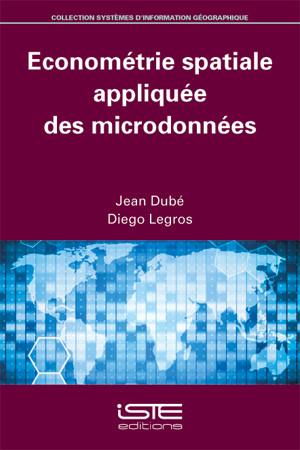
This book puts special emphasis on spatial data compilation and the structuring of connections between the observations. Descriptive analysis methods of spatial data are presented in order to identify and measure the global and local spatial autocorrelation. The authors then move on to incorporate this spatial component into spatial autoregressive models. These models allow us […]
This book puts special emphasis on spatial data compilation and the structuring of connections between the observations. Descriptive analysis methods of spatial data are presented in order to identify and measure the global and local spatial autocorrelation. The authors then move on to incorporate this spatial component into spatial autoregressive models. These models allow us to control the problem of spatial autocorrelation among residuals of the linear statistical model, thereby contravening one of the basic hypotheses of the ordinary least squares approach.
This book can be used as a reference for those studying towards a bachelor’s or master’s degree in regional science or economic geography, looking to work with geolocalized (micro) data, but without possessing advanced statistical theoretical basics. The authors also address the application of the spatial analysis methods in the context where spatial data are pooled over time (spatio-temporal data), focusing on the recent developments in the field.
1. Econometrics and Spatial Dimensions.
2. Structuring Spatial Relations.
3. Spatial Autocorrelation.
4. Spatial Econometric Models.
5. Spatio-Temporal Modeling.

